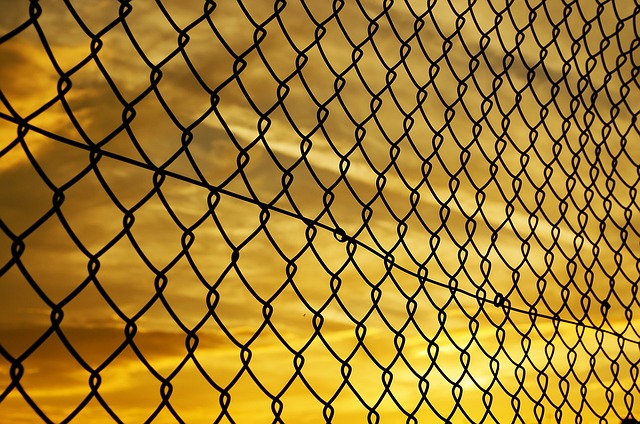In the vast internet, there is a hidden danger that can turn a simple search into a frustrating experience. We are talking about broken links – troublesome hyperlinks that have aged and decayed, resulting in severed connections and dead ends. But don’t worry, we are here to explain the impact of broken links, the causes behind them, and effective ways to minimize their effects. So, get your virtual map ready as we embark on this enlightening journey.
Imagine this scenario: you are searching for information using your trusted search engine. Instead of finding what you’re looking for, you come across the dreaded 404 error message. It’s like hitting a roadblock on the information superhighway. Broken links not only ruin your day but also negatively affect website rankings, search engine optimization (SEO), user experience, traffic flow, and even the legal standing of content creators. It’s a digital nightmare that requires our attention.
What causes these broken links to appear? Several factors are at play. Website updates, content migration, domain expiration, server issues, content removal, and human error can all contribute to the demise of a functional link. Most broken links occur when content is relocated or goes missing, disrupting the flow of information and leaving users disappointed.
Luckily, there are strategies to combat this digital decay. Website owners can start by checking for typographical errors in their links. A simple correction can revive a broken link and direct users to the intended content. If content has been moved or disappeared, implementing a 301 redirect can work wonders. This tool redirects users to the new location or an alternative page with similar content, ensuring a seamless journey.
To minimize the risk of broken links, website owners should prioritize linking to stable websites and original sources. This reduces the chances of broken links due to changes in content or URL structure. Another effective technique is using permalinks, designed to preserve URLs for a long time. These strong links are less prone to link rot, making them ideal for establishing lasting connections.
But what about deep linking? While it can be useful in guiding users to specific content within a website, it can also cause issues if the URL structure or content location changes. To avoid these problems, website owners should regularly monitor and update deep links to ensure their functionality and accuracy.
And there’s more! Content archiving services like Perma.cc or the Wayback Machine offer a lifeline in the battle against broken links. These services act as backup links, granting access to content even if the original link is inaccessible. It’s like having a hidden reservoir of information ready to be discovered when all hope seems lost.
Preserving the longevity and integrity of online content is crucial in the fight against broken links. As websites evolve and content is updated, website owners must regularly check and fix broken links. Thankfully, there are automated tools like Google Search Console and Google Analytics, as well as Xenu’s Link Sleuth and plugins for content management systems that can identify and locate these troublesome culprits. With these tools, website owners can take prompt action and ensure a smooth navigation experience for users.
In conclusion, the battle against broken links is an ongoing challenge in the ever-changing internet landscape. These defective links can harm user experience, SEO outcomes, and the credibility of websites. However, by taking proactive measures such as typo correction, redirects, prioritizing stable websites, and using content archiving services, we can significantly reduce broken links and maintain the integrity of online content. So, don’t worry, intrepid internet explorer, armed with these strategies, you can navigate the web easily and find the information you seek. The adventure awaits!











